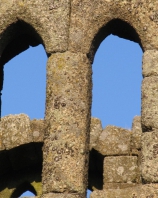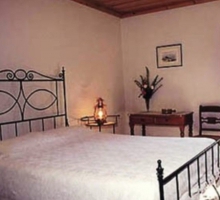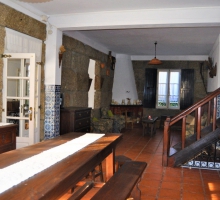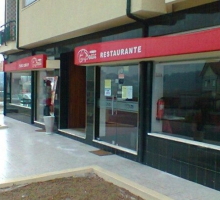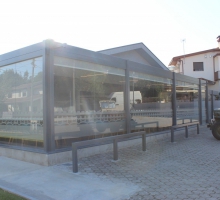Example of a domus fortis [fortified manor house], the Tower of the Alcoforados is representative of a type of manor that marked the Portuguese Medieval Ages, at least until it faced the resistance of royal power. The latter, threatened by the proliferation of small local bastions, hampered their construction and forbade their masters from building them.
The Tower, said of the Alcoforados, narrates, in its history, the events that link it to various families and lineages of the Entre-Douro-e-Minho region. Although bearing the name of the Alcoforados, it is thought that, before these, the lords of Urrô (probable mentors of the construction) and, then, the Brandões, a family linked to urban elites of Porto, were the first masters of the manor.
A structure that fits the “românico de resistência” [resistance Romanesque], in its spans [openings] is already noticed the belated timing of its construction, probably of the 14th century. The two windows of Gothic expression bear witness of a time that incorporated new tastes.
The Tower, which can be accessed through a round-arched door, had two upper wooden floors. The access stairs were also made of wood, as shown by the fittings that held the girders.
Location: Paredes
The Tower, said of the Alcoforados, narrates, in its history, the events that link it to various families and lineages of the Entre-Douro-e-Minho region. Although bearing the name of the Alcoforados, it is thought that, before these, the lords of Urrô (probable mentors of the construction) and, then, the Brandões, a family linked to urban elites of Porto, were the first masters of the manor.
A structure that fits the “românico de resistência” [resistance Romanesque], in its spans [openings] is already noticed the belated timing of its construction, probably of the 14th century. The two windows of Gothic expression bear witness of a time that incorporated new tastes.
The Tower, which can be accessed through a round-arched door, had two upper wooden floors. The access stairs were also made of wood, as shown by the fittings that held the girders.
Location: Paredes
